Highlights and access methods of Tsumago-juku (Nagano Prefecture)
In this article, we will explain the attractions of Tsumago-juku in Nagano Prefecture and how to access it for those who are traveling to Japan from overseas.
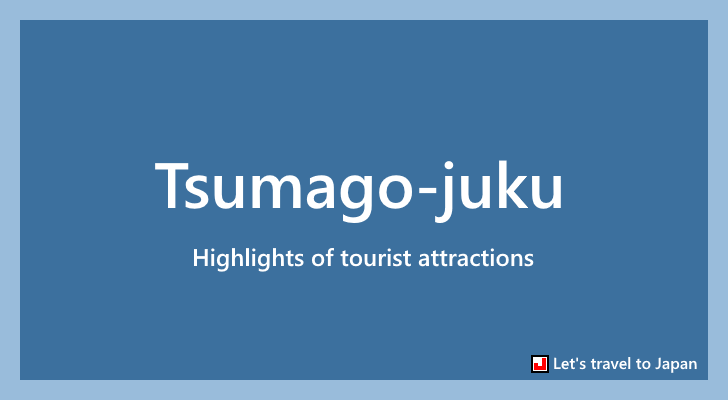
(Last modified: )
(Prefecture : Nagano , Category : Townscapes and Area)
Table of contents
About Tsumago-juku
Tsumago-juku, located in Nagano Prefecture, Japan, is a well-preserved post town that once thrived as a rest stop along the historic Nakasendo route during the Edo period. Visitors can experience the authentic charm of old Japan as they wander through the car-free streets, lined with traditional wooden buildings, shops, and ryokans (Japanese inns). The town also offers several fascinating attractions, including the Tsumago Castle Ruins, Waki-Honjin Museum, and the picturesque walking path along the Nakasendo Trail, connecting Tsumago-juku with the neighboring post town of Magome-juku. Tsumago-juku is an enchanting destination for those looking to explore Japan's rich history and enjoy the serene beauty of its natural surroundings.
Highlights of Tsumago-juku
Tsumago-juku, located in the Kiso Valley of Nagano Prefecture, Japan, is a charming and well-preserved post town that offers a unique and authentic experience for foreign tourists. As a significant stop along the historic Nakasendo route, which connected Kyoto and Edo (now Tokyo), Tsumago-juku transports visitors back in time to the Edo period (1603-1868) with its traditional wooden buildings, cobblestone streets, and beautiful natural surroundings.
One of the main attractions in Tsumago-juku is the Waki Honjin, a former high-ranking inn that now serves as a museum. Here, visitors can learn about the history of the post town and see how travelers lived during the Edo period. Other notable sites include the Nagiso Museum of History, which provides insight into the region's past, and the Kotoku-ji Temple, a serene place for reflection and meditation.
Tsumago-juku is also an excellent starting point for exploring the picturesque Kiso Valley, with its ancient forests and quaint villages. Hiking along the well-maintained Nakasendo trail, which connects Tsumago-juku with neighboring Magome-juku, offers a delightful way to experience the area's stunning natural beauty.
While Tsumago-juku is enchanting throughout the year, the most recommended season to visit is during the autumn months (October to November), when the leaves turn vibrant shades of red, orange, and yellow. The colorful foliage creates a breathtaking backdrop for the historic town, making it an even more memorable experience.
In summary, Tsumago-juku is a captivating destination for foreign tourists seeking a glimpse into Japan's rich history and beautiful natural scenery. The best time to visit is in autumn, but the town's charm can be enjoyed all year round.
Address and access method of Tsumago-juku
Tsumago-juku is located in Nagiso Town, Kiso District, Nagano Prefecture, Japan.
The nearest train station to Tsumago-juku is Nagiso Station, which is on the JR Central Chuo Main Line. From Nagiso Station, you can take a local bus or taxi to reach Tsumago-juku, which is approximately 6 kilometers (3.7 miles) away. The bus ride takes about 10-15 minutes, and the taxi ride is slightly quicker. Alternatively, you can enjoy a leisurely walk to Tsumago-juku, which will take around 1.5 to 2 hours, allowing you to take in the picturesque Kiso Valley along the way.
Attractions near Tsumago-juku
Near Tsumago-juku, there are several other tourist attractions worth visiting, which include:
Magome-juku
Another well-preserved post town along the Nakasendo route, Magome-juku is located approximately 8 kilometers (5 miles) from Tsumago-juku. Similar to Tsumago-juku, Magome-juku boasts traditional wooden buildings, cobblestone streets, and a charming atmosphere. Hiking between Tsumago-juku and Magome-juku along the Nakasendo trail is a popular activity, offering stunning views of the Kiso Valley and a unique way to experience these historic post towns.
Kiso Valley
The Kiso Valley is famous for its beautiful natural scenery, including pristine rivers, lush forests, and charming villages. In addition to Tsumago-juku and Magome-juku, the Kiso Valley has several other smaller post towns, such as Narai-juku and Yabuhara-juku, which are worth exploring for their traditional architecture and atmosphere.
Kiso-Hirasawa
A small town known for its high-quality lacquerware, Kiso-Hirasawa is a great place to purchase traditional Japanese crafts and souvenirs. The town has numerous shops and workshops where visitors can observe artisans at work and learn about the history of lacquerware production in the region.
Ontake Ropeway
For those interested in exploring the region's natural beauty further, the Ontake Ropeway is an excellent option. The ropeway takes visitors up Mount Ontake, one of Japan's most sacred mountains and an active volcano. At the summit, visitors can enjoy panoramic views of the surrounding countryside and, on clear days, see as far as the Japan Alps.
Kiso-Fukushima
Another post town along the Nakasendo route, Kiso-Fukushima is larger than Tsumago-juku and Magome-juku and offers a variety of historical sites, including the Kozen-ji Temple and the Fukushima Sekisho, an old checkpoint that regulated travel during the Edo period.
By including these attractions in your itinerary, you can fully immerse yourself in the history and natural beauty of the Kiso Valley and its surrounding area.
Other information about Tsumago-juku
Official site (Japanese only) about Tsumago-juku :
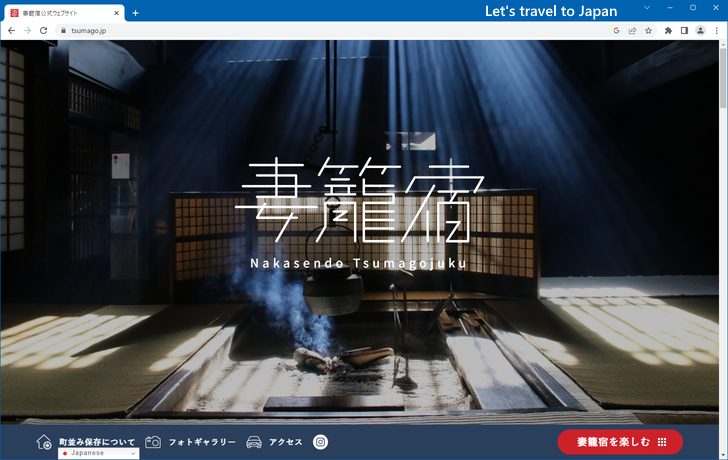
Pictures about Tsumago-juku :
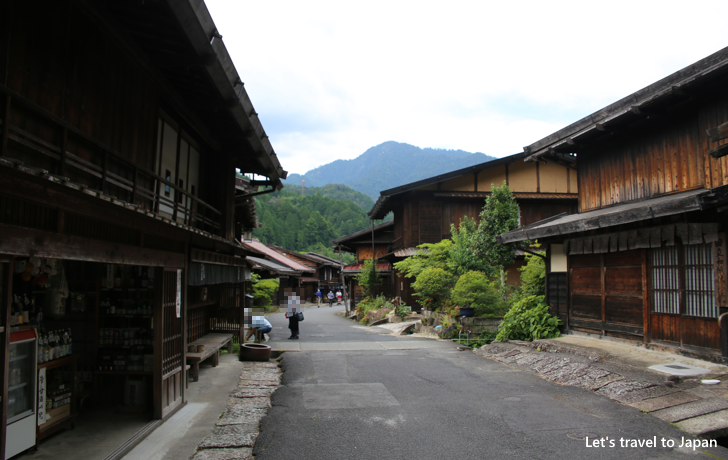
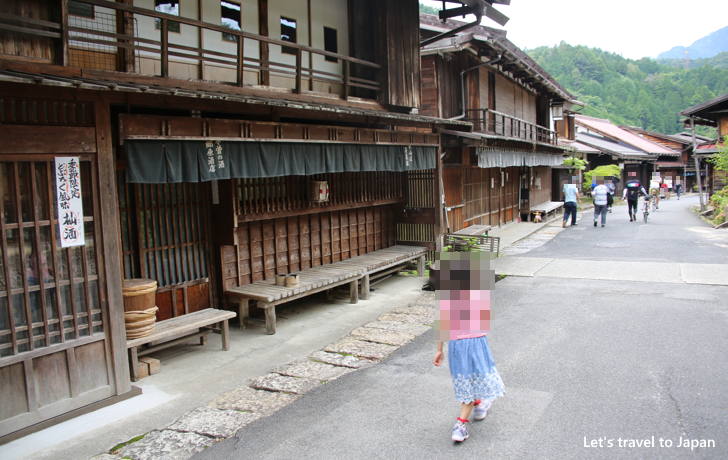
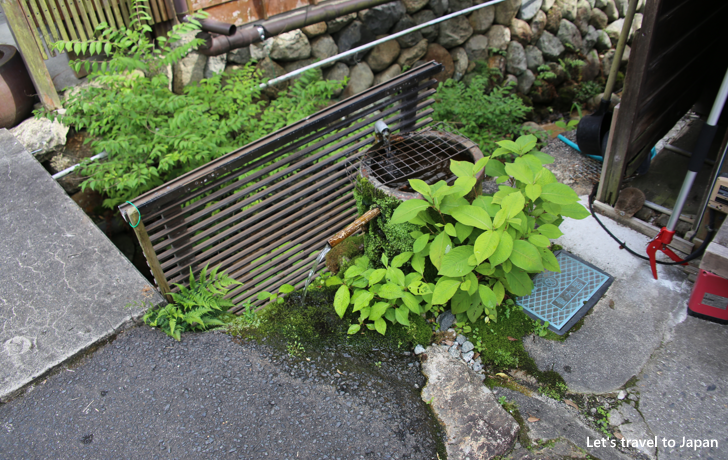
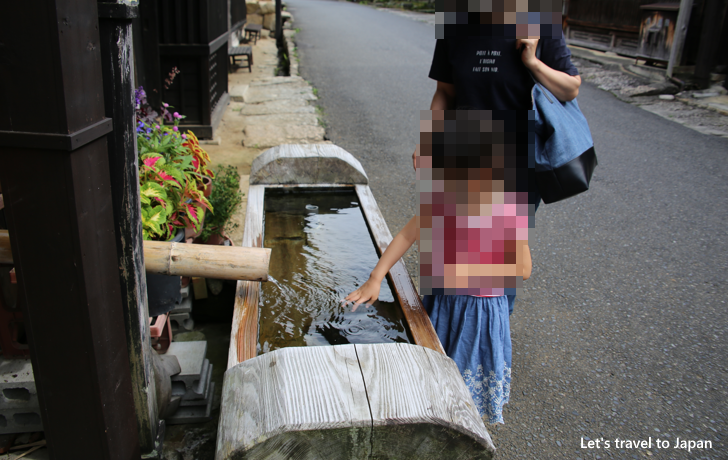
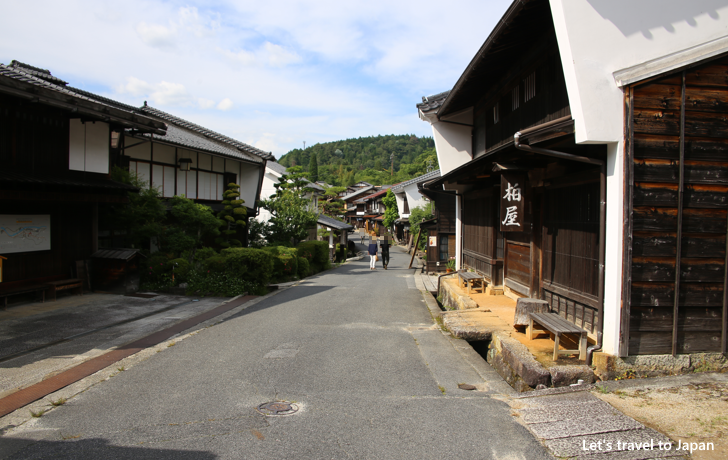
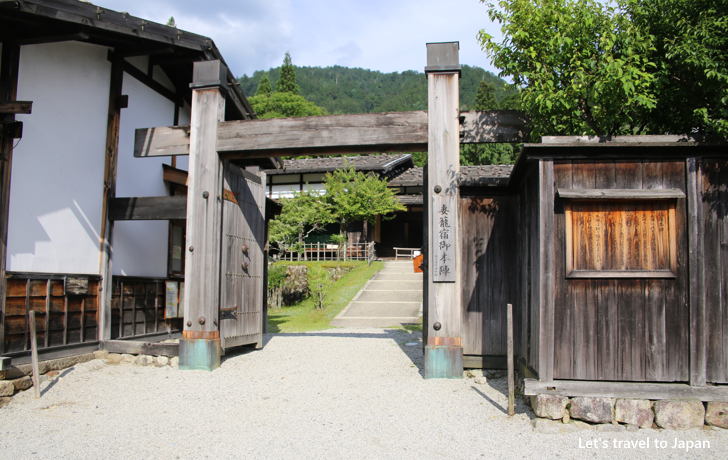
-- --
Thank you for reading to the end.
( Written by Tatsuo Ikura )